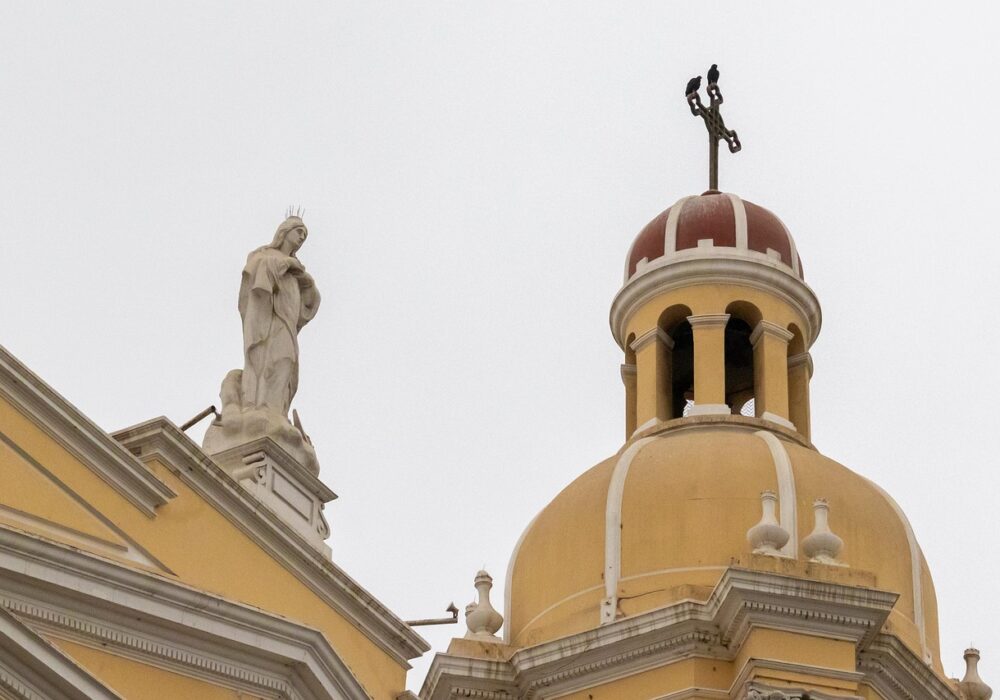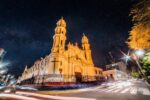Find Weed in Chiclayo, Peru
A Cannabis Travel Guide For Stoners To Find Weed in Chiclayo
Chiclayo, known as the “City of Friendship,” is a vibrant coastal city in northern Peru. It is the capital of the Lambayeque region and is famous for its rich history, archaeological sites, and dynamic culture. The city is a gateway to significant pre-Columbian sites, such as the Huaca Rajada (where the tomb of the Lord of Sipán was discovered) and the Túcume pyramids. Find weed in Chiclayo is not very difficult because it is a underground industry there. While Peru legalized medical cannabis in 2017, recreational use is still prohibited. Small amounts (up to 8 grams) for personal use are decriminalized, but growing, selling, or distributing without authorization can lead to legal consequences.
Cannabis Laws in Chiclayo
Cannabis laws in Chiclayo follow Peru’s national regulations, which allow medical cannabis use but prohibit recreational consumption. Since 2017, medical cannabis has been legal for patients with a prescription, and licensed dispensaries can sell cannabis-based products. However, personal cultivation remains illegal, even for medical users. Possession of small amounts (up to 8 grams) for personal use is decriminalized, meaning it does not lead to jail time but can still result in police scrutiny. Despite these restrictions, an underground market exists, with some individuals growing or selling cannabis discreetly. Law enforcement in Chiclayo occasionally cracks down on illegal cultivation and distribution, though enforcement levels vary. Advocacy for broader legalization is growing, with activists pushing for more accessible medical cannabis and potential recreational reforms in the future.
How and Where to Find Weed in Chiclayo
Finding weed in Chiclayo is mostly an underground activity due to Peru’s strict regulations on recreational use. While possession of small amounts (up to 8 grams) is decriminalized, buying and selling remain illegal, so most transactions happen discreetly. Users often connect through word of mouth, social media groups, or local contacts in nightlife areas. Some vendors operate in hidden spots near parks or beaches, but caution is advised, as police occasionally monitor such locations. Additionally, rural areas surrounding Chiclayo may have small-scale growers who supply trusted buyers. For medical cannabis users, licensed dispensaries exist, but access requires a prescription. Since the legal landscape is still evolving, those seeking cannabis should stay informed about current laws to avoid legal trouble.
Final Thoughts
In Chiclayo, as in much of Peru, the cannabis scene remains complex and largely hidden due to strict laws and the evolving legal landscape. While medical cannabis offers some legal access, recreational use is still largely underground, with small communities operating discreetly. For those looking to engage with cannabis in Chiclayo, it’s important to understand the risks involved, both legally and socially. As public awareness grows and advocacy for more relaxed cannabis laws continues, the future may see changes that could make cannabis more accessible. Until then, those interested should approach the subject carefully and stay informed about the current legal environment.
Share your thoughts in the comment section below.



